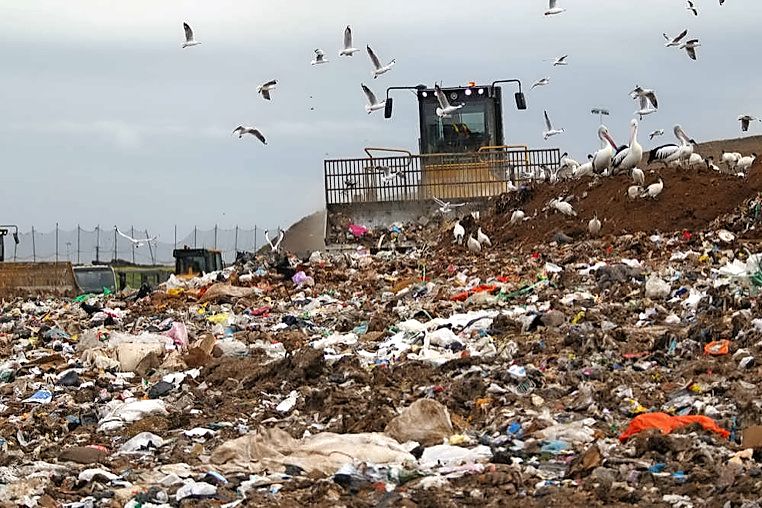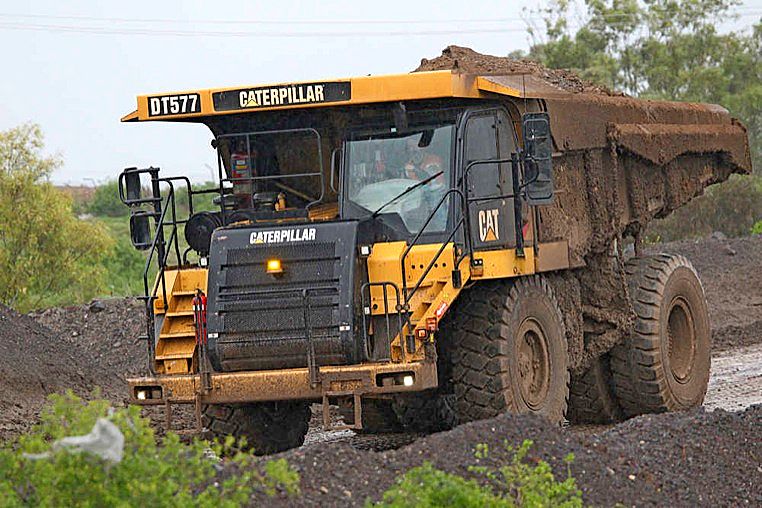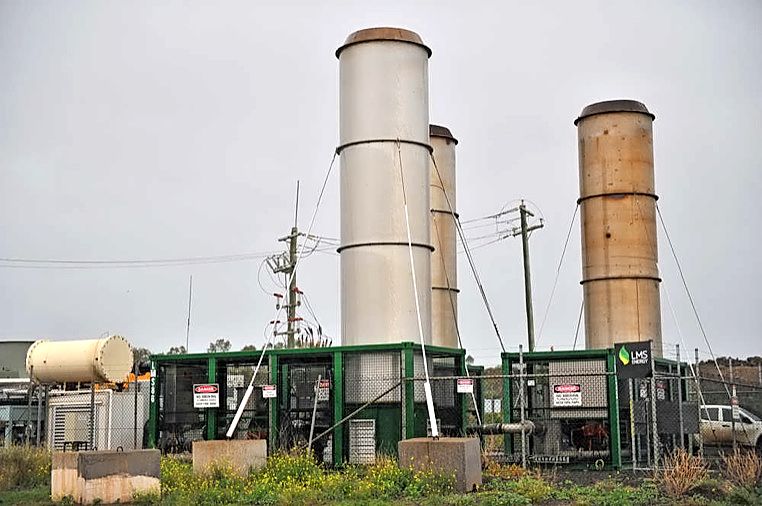Every week, about 10,000 tonnes of rubbish is dumped at the Werribee tip.
Only 10 per cent of the waste comes from Wyndham.
Seventy per cent of rubbish dumped comes from council kerbside collections. The tip services the western side of Melbourne, including Geelong, and some council areas on the other side of the city, including Monash and Whitehorse.
The rubbish is dumped into giant cells, which are lined with one metre of compacted clay, a high-density polyethylene membrane, cushion fabric, drainage aggregate – including leachate collection pipework – and filter fabric.
The lining is to minimise the possibility of leachate, a liquid formed by rainwater and decomposing waste, getting into groundwater.
Any leachate collected is transferred to a leachate pond that can hold up to eight million litres. Work on creating another leachate pond, with a capacity of 12 million litres, will start later this year.
All gas collected from the cells is transferred to a gas plant, which burns it to generate electricity. The electricity is transferred to a grid, which is used to power about 2700 Wyndham homes.
The plan is to triple, through extra generators, the amount of electricity generated in the next two years. Only one cell is operated at a time.
Three cells have been filled to capacity over the life of the tip.
It took about 25 years to fill the first cell to capacity. These days, it takes about two years. Once a cell has reached capacity, it is capped off with soil.
The first cell has since been transformed into the transfer station where residents go to drop off their hard waste.
Residents tip their rubbish into the pit at the transfer station and the rubbish is then transferred to the cell. That way, the general public isn’t interfering with the work carried out by an array of large machines.
Cell four, currently in operation, has been divided into three parts – 4a, b and c – with sub-cells 4a and b already filled to capacity. Sub-cell 4c, which is 10 hectares in size and will be filled as high as 20 metres, is the only area in the landfill where rubbish is actually visible.
Large compactors drive up and down the cell, compressing the rubbish. Hundreds of birds flock around this cell, feasting on food scraps. Each day, rubbish is tipped in and then covered with a layer of soil.
Think of it like a waste lasagne: one layer waste, one layer soil. Repeat.
This is done for two reasons – to prevent rubbish flying around; secondly, to stop birds dining on dumped food.
There are litter nets around the cell to catch flying debris. The nets are more than a little worn and will be upgraded in coming months.
There are also litter cages – re-purposed shipping containers fitted with mesh – that are strategically placed around the cell on windy days to trap flying debris.
A team of four regularly collects rubbish that does escape the tip boundaries.
Surprisingly, the smell is minimal. It gets stronger closer to the tip face but is not overly powerful when the amount of waste dumped here on a daily basis is considered.













